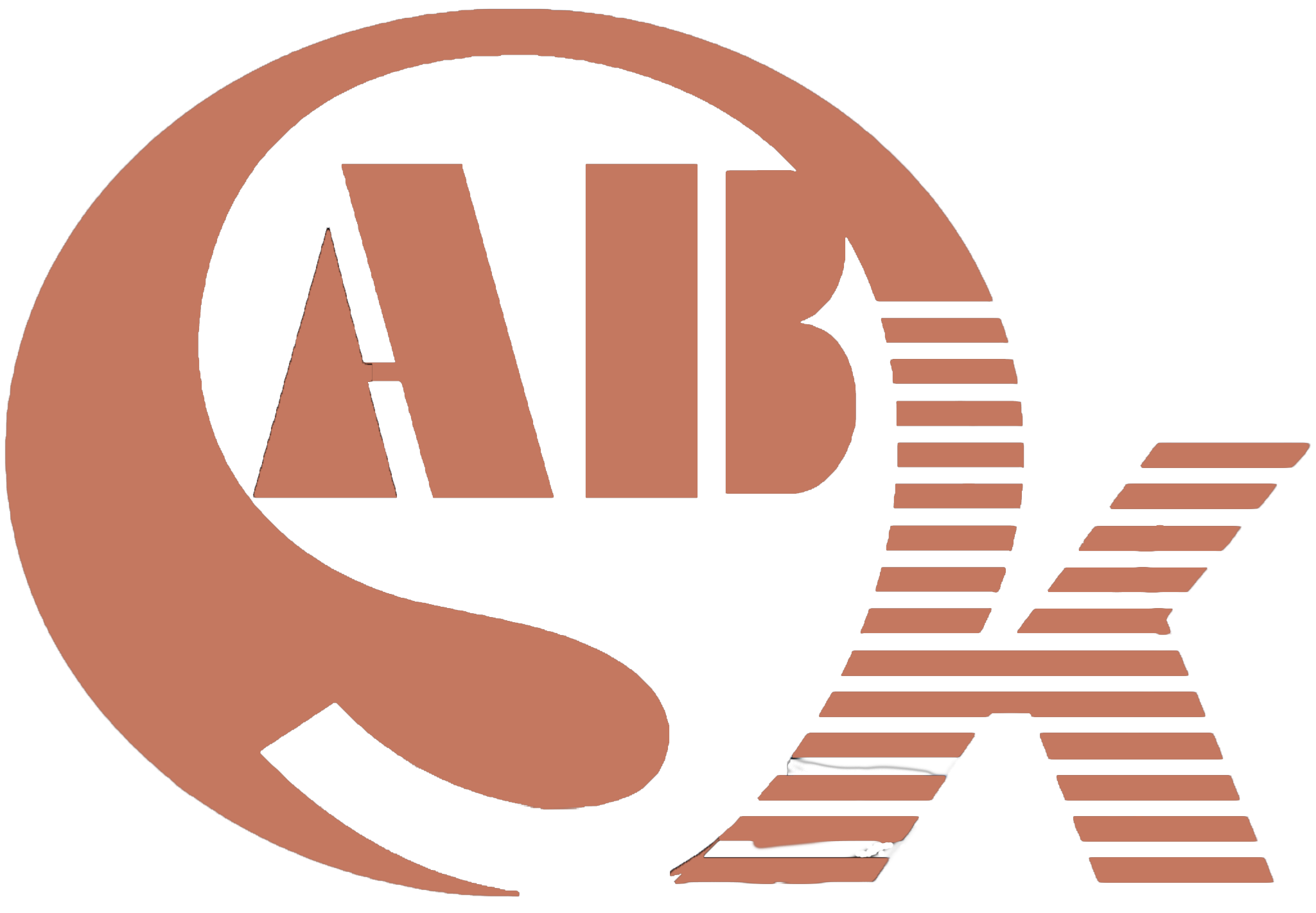Mastering Welding Efficiency with Welding Rotators: Professional Insights and Benefits
In the realm of welding, precision, speed, and quality are the cornerstones of a successful project. Enter the welding rotator, a tool that has become an essential asset for welding professionals seeking to streamline their operations and elevate their craftsmanship. These sophisticated devices have redefined the welding process, offering a range of benefits that enhance efficiency and ensure impeccable results. In this article, we explore the world of welding rotators, uncovering their advantages, and providing professional insights to ensure welding projects align with customer requirements while adhering to the highest standards of professionalism.
Understanding Welding Rotators
Welding rotators, often referred to as turning rolls, are mechanical wonders designed to rotate cylindrical workpieces during welding. With automation at its core, a welding rotator seamlessly turns the workpiece, ensuring consistent heat distribution and precise weld positioning. Available in various sizes and configurations, welding rotators cater to both small-scale workshops and large industrial operations.
Benefits of Welding Rotators
a. Enhanced Welding Efficiency: By automating the rotation process, welding rotators eliminate the need for manual repositioning of the workpiece. This uninterrupted rotation translates to faster, more efficient welding, significantly reducing project completion times.
b. Unrivaled Welding Precision: The controlled rotation provided by welding rotators guarantees even heat distribution across the workpiece, resulting in uniform weld bead formation and consistent penetration. This level of precision produces superior weld quality.
c. Elevated Operator Safety: Welding rotators mitigate safety risks associated with manual handling of heavy workpieces. By automating the rotation, welders can focus solely on the welding process, minimizing the risk of accidents and operator fatigue.
d. Versatility in Applications: Welding rotators come in various weight capacities and sizes, making them versatile tools suitable for a wide range of welding applications. From smaller pipes to larger vessels, they adapt to diverse project needs.
Professional Tips for Utilizing Welding Rotators
a. Optimal Equipment Selection: Selecting the appropriate welding rotator based on the weight and dimensions of the workpiece is crucial. Undersized or oversized rotators can compromise both safety and efficiency. Consulting with welding equipment experts ensures a well-informed decision.
b. Secure Workpiece Positioning: Ensure the workpiece is securely centered on the rotator to prevent wobbling during rotation. Proper alignment is vital for achieving precise and uniform welds.
c. Real-time Monitoring and Adjustments: While using a welding rotator, continuous monitoring of the welding process is essential. Be prepared to make real-time adjustments if necessary, ensuring consistent weld quality throughout the project.
d. Regular Maintenance: Like any mechanical equipment, welding rotators require routine maintenance to operate optimally. Regularly inspect and lubricate moving parts, check for wear and tear, and address any issues promptly.
Integrating Welding Automation
For those aiming for the pinnacle of welding efficiency and precision, welding rotators can be integrated into automated welding systems. These advanced systems utilize robotic arms and programmable logic controllers (PLCs) to control the welding process, ensuring flawless and repeatable welds. Automation reduces the likelihood of human error and results in an efficient production process.
Meeting Customer Requirements with Welding Rotators
a. Customization for Project Needs: Welding rotators can be customized to align with specific customer needs. Whether it’s adjusting the rotational speed, accommodating unique workpiece shapes, or incorporating additional features, customization ensures that the welding rotator perfectly matches the project’s requirements.
b. Assurance of Quality: Utilizing welding rotators guarantees precise and uniform welds that meet or exceed customer expectations. The resulting high-quality welds reflect the professionalism of the welding service and assure customer satisfaction.
Conclusion
Welding rotators stand as a testament to the evolution of welding technology, revolutionizing the efficiency and precision of welding projects. Their ability to enhance weld quality, increase productivity, and integrate with automation systems positions them as indispensable assets in the welding industry. By following professional tips and considering customization options, welding professionals can harness the power of welding rotators to deliver projects that align with customer requirements and exemplify their commitment to professionalism and excellence.
